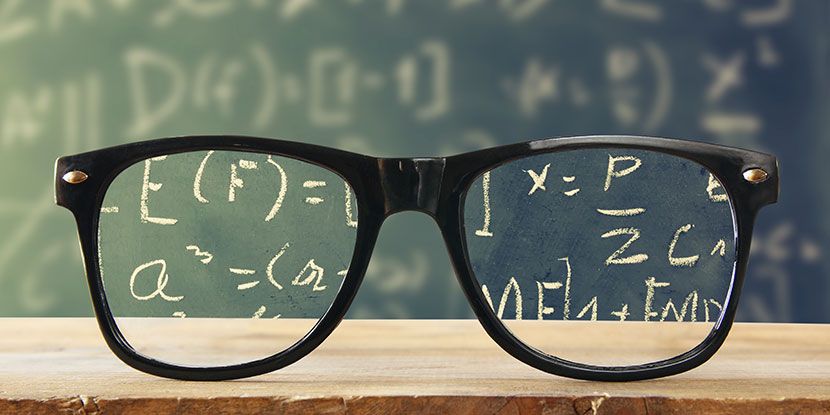
A healthy eye contains a clear, smooth dome called a cornea. The cornea is a clear window that allows light rays to pass through unobstructed and focus sharply on the retina.
If the cornea is not as smooth, clear or round as it should be, or if the eyeball is too long or too short, light rays will bend (or refract) at odd angles. This leads to blurry or distorted vision. The inability to achieve sharp focus is called refractive error — this is the most common eye problem.
Refractive errors include nearsightedness (myopia), farsightedness (hyperopia) or astigmatism. Similarly, the eye will have focusing problems if the naturally clear lens is cloudy due to cataract, if it isn’t as flexible as it should be (causing presbyopia) or if there are other problems with the way the eye functions.